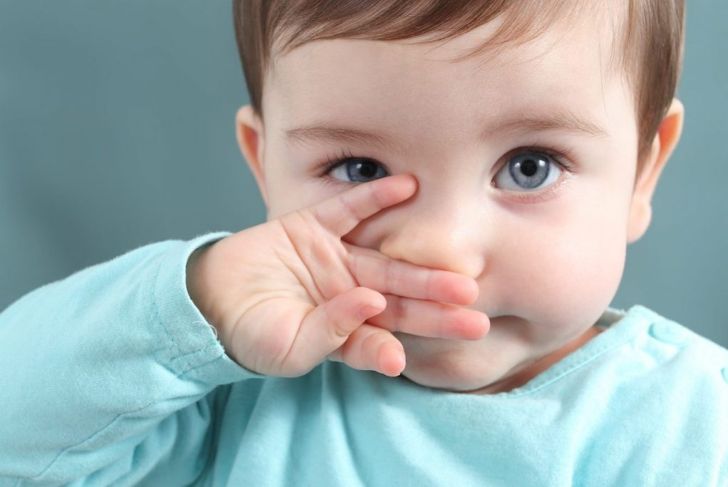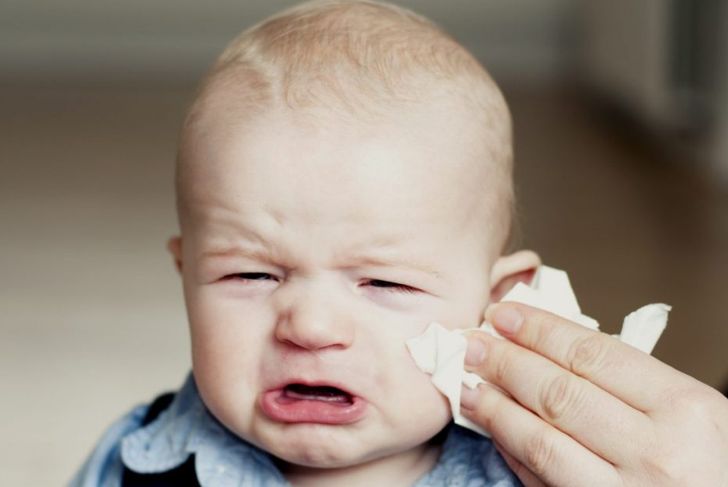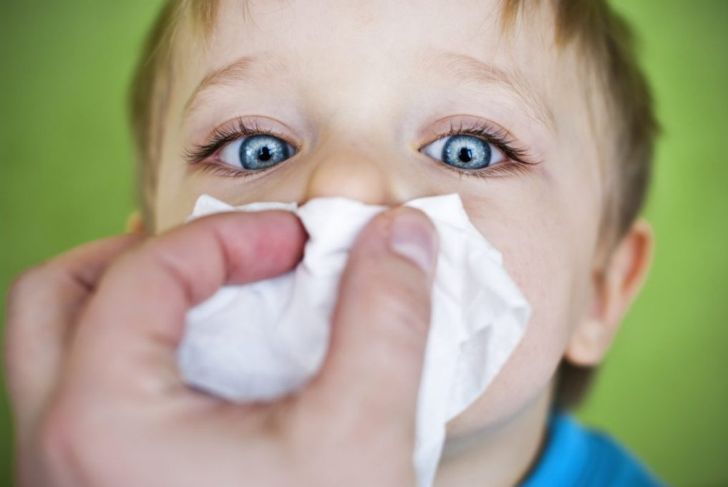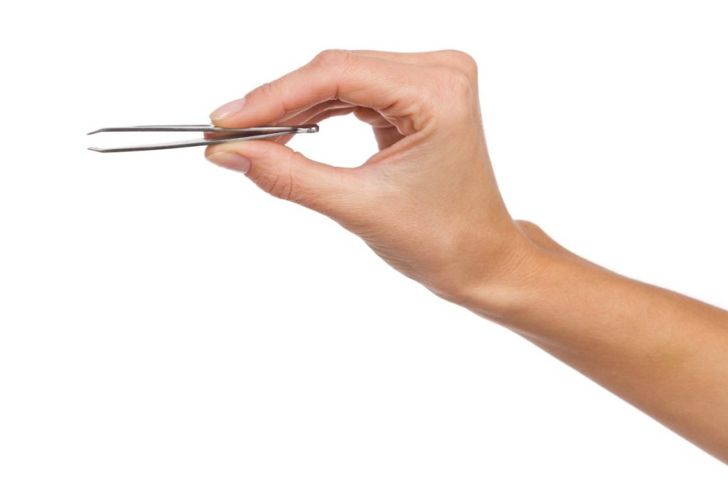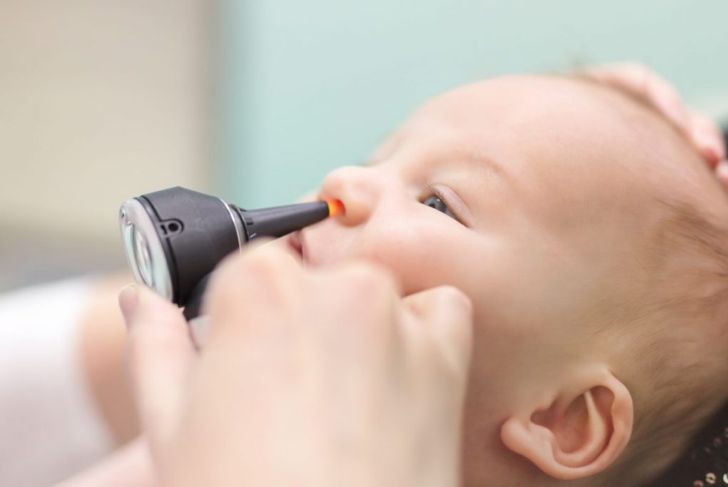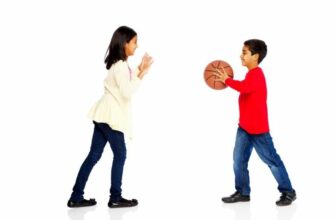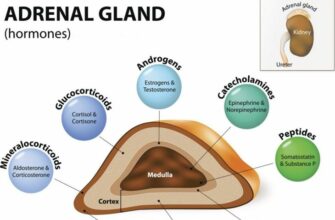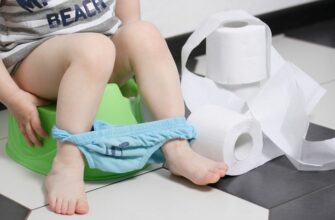Our nose plays many important roles; not only is it involved in breathing, but it also gives us our sense of smell. With it being in the middle of the face, however, it tends to be the target of curiosity for many young children. It is not uncommon for toddlers to explore their bodies by placing small objects into their ears, mouths, or noses. While often harmless, these actions do pose a potential safety hazard —especially if the parents are unaware of the situation. Considering the risks of choking, prompt treatment is necessary when there is a foreign object in the nose.
Why Young Children Put Foreign Objects in their Noses
As alarming as it may be for parents, it is relatively common for toddlers to put small things into their mouths, ears, and noses, in an attempt to explore their own body. Driven by curiosity, they are simply too young to comprehend the potential dangers involved. Of course, supervision can stop some of these instances, but it only takes a split second for a child to slip something into his or her nose.
Common Things That End Up in a Child’s Nose
One of the most common things children put in their noses is food — specifically, small food items such as seeds, rice, and dried beans. However, anything small enough to fit inside the nostril is a temptation. Other objects that often end up in the nose include toys, crayons, erasers, buttons, disc magnets, and button batteries.
Signs that there is a Foreign Object in the Nose
Unfortunately, it may not always be obvious that your child has something in their nose. Depending on how far the toddler inserted the object into the nasal cavity, it might not be visible. Still, there are several signs, including nasal drainage, difficulty breathing through the affected nostril, bloody discharge, and irritability (particularly in infants).
Risks Associated with Having a Foreign Object in the Nose
In addition to choking, there is also a risk of infection — especially if the foreign object remains in the nose for a prolonged period. Because the nasal cavity connects to the sinuses, there is also a small chance of sinusitis, which may or may not require medical treatment.
What to do if there is a Foreign Object in the Nose
If there is something in your child’s nose, advise them to breathe through the mouth (gently, as to not force the object in further). For removal of the object, press and close the unaffected nostril, before asking them to blow softly. Depending on where it is lodged, the foreign body may be pushed out. To prevent additional damage, remind the child not to blow the nose repeatedly or too hard. If this method is unsuccessful, take the child to a doctor.
What Not to do if there is a Foreign Object in the Nose
Always be cautious when trying to remove a foreign body from the nose. In particular, doctors recommend avoiding tweezers, cotton swabs, or other tools, as they can easily do more harm than good by pushing the object farther up the nasal cavity. In addition, do not try to remove an object that is not visible or easy to grasp.
Diagnosing a Foreign Body in the Nose
Given foreign objects are not always visible, you’ll want to visit the doctor if you suspect your child has put something up his or her nose. At the clinic, the doctor will use a hand-held lighted instrument to locate the item inside the nasal cavity. He or she may also take a nasal swab to check for the presence of bacteria.
When to Seek Medical Help
Often, the foreign body will be easy to remove from the nose. The following specific instances do require a trip to the walk-in clinic or the emergency room if you’re very concerned: if both nostrils are blocked, or if the child has difficulty breathing. If you know the object is a battery or magnet, you will also want to seek medical attention.
Follow-Up Care
Generally, a repeat exam is recommended one week after a doctor has removed the foreign object. If the child has no symptoms, the follow-up can the be done at the doctor’s office; if there is continuing discomfort or drainage, however, the child may require a trip to the hospital for more comprehensive tests.
Prevention
Though kids will be kids and will inevitably stick things up their noses at some point, parents can try to prevent instances by keeping small objects out of reach, cutting food into small pieces. Foods and items that are the “perfect” size, such as hard candies and legos, might be kept away until the child is older. Parents can also begin teaching children from a very young age that nothing goes in body openings.

 Home
Home Health
Health Diet & Nutrition
Diet & Nutrition Living Well
Living Well More
More
